Description
PERENNIAL FLOWER GEUM MRS BRADSHAW
PERENNIAL FLOWER GEUM MRS BRADSHAW . A true cottage garden favourite, Mrs Bradshaw is a clump-forming herbaceous perennial reaching to 60cm in height producing semi-double, rich scarlet 4.5cm flowers from early summer onwards. Thrives in more moist conditions.
Cultivation Advice
- Plant Geum ‘Mrs. Bradshaw’ in early spring or early autumn in a location that receives full to partial sunlight.
- Geum prefers well-draining, fertile soil. Amend heavy or clay soils with compost or organic matter to improve drainage and soil quality.
- Geum thrives in full sun but can tolerate partial shade. Aim for at least 6 hours of direct sunlight daily for optimal growth and flowering.
- Water newly planted Geum regularly to establish a strong root system. Once established, they’re moderately drought-tolerant but benefit from consistent moisture.
- Apply a balanced fertilizer at planting time and again in early spring to support healthy growth and flowering.
- Space Geum plants about 12 to 18 inches apart. Plant them at the same depth as they were in their nursery containers.
- Apply a layer of mulch around the plants to retain moisture and suppress weed growth. Keep the area around the base of the plant weed-free.
- Deadhead spent flowers regularly to encourage continuous blooming. Cut back the entire plant lightly after flowering to encourage a second bloom.
- Geum ‘Mrs. Bradshaw’ is generally resistant to pests and diseases. However, keep an eye out for aphids or powdery mildew and treat if necessary.
- Geum is generally hardy but benefits from a layer of mulch to protect roots in colder climates during winter.
- Suitable for borders, rock gardens, or mixed perennial beds. Regular deadheading and minimal pruning maintain plant vigor.
- Pair Geum with other sun-loving perennials or use as an accent plant. Combine with plants that complement its colors for an attractive garden display.
- Dividing every few years helps rejuvenate the plant and prevent overcrowding, promoting healthier growth and prolonged blooming.
- Geum ‘Mrs. Bradshaw’ adds vibrant colors to garden beds and attracts pollinators like bees and butterflies, contributing to garden biodiversity.
- The brightly colored blooms of Geum attract various pollinators, making it a valuable addition to pollinator-friendly gardens.
- Geum prefers slightly acidic to neutral soil with a pH range of 6.0 to 7.0. Amending the soil with organic matter helps enhance moisture retention and nutrient availability.
- Geum is adaptable but performs best in moderate temperatures. Adequate air circulation prevents fungal diseases in humid conditions.
- Once established, Geum is moderately drought-tolerant. Water deeply but infrequently to encourage deep root growth. Avoid waterlogging, which can lead to root rot.
- A light application of balanced fertilizer in early spring supports healthy growth. Excessive fertilization can result in leggy growth and fewer flowers.
- Regular deadheading after the initial bloom promotes continuous flowering. Trim back spent flowers to encourage new growth and extend the blooming season.
- Mulching around the base of the plant helps insulate roots during winter. In colder regions, a frost blanket or protective covering can offer additional protection.
- Geum can thrive in containers. Ensure pots have proper drainage and use a well-draining potting mix to prevent waterlogging.
- Good air circulation and proper spacing between plants help prevent fungal diseases. Avoid overhead watering to reduce moisture on foliage.
- Pair Geum with other perennials that complement its color and growth habit. Plants like salvia, lavender, or catmint can create an appealing garden combination.
- Dividing clumps every few years rejuvenates the plant and prevents overcrowding. This process also offers an opportunity to propagate new plants.
- Geum flowers attract pollinators such as bees and butterflies. Incorporating them into your garden can support local pollinator populations.
- Regular pruning, especially after the initial bloom, encourages a bushier growth habit and stimulates additional flower production.
- Allow seed heads to dry on the plant before collecting seeds for propagation. Store them in a cool, dry place until ready for sowing.


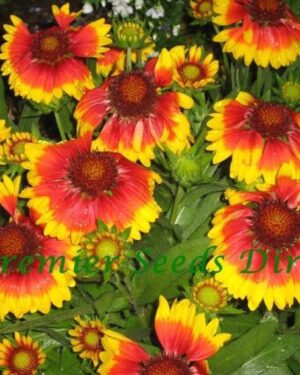
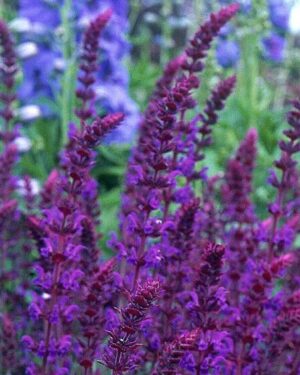
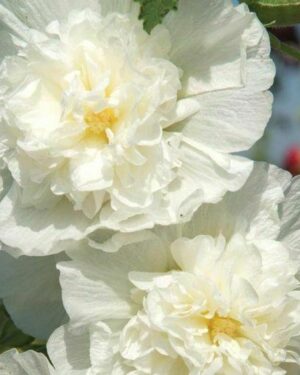
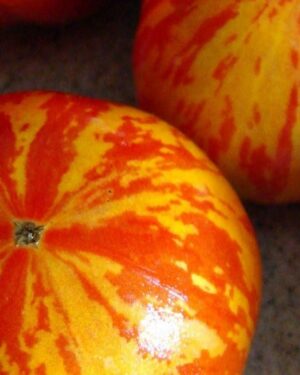
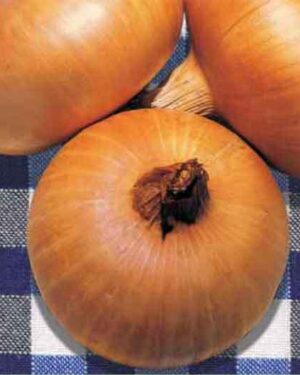
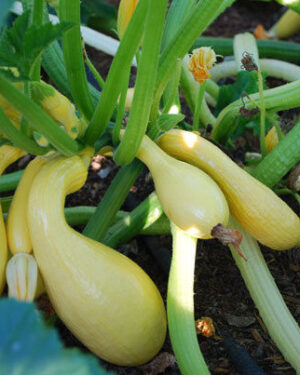
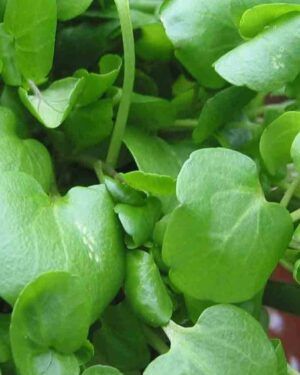
Reviews
There are no reviews yet.